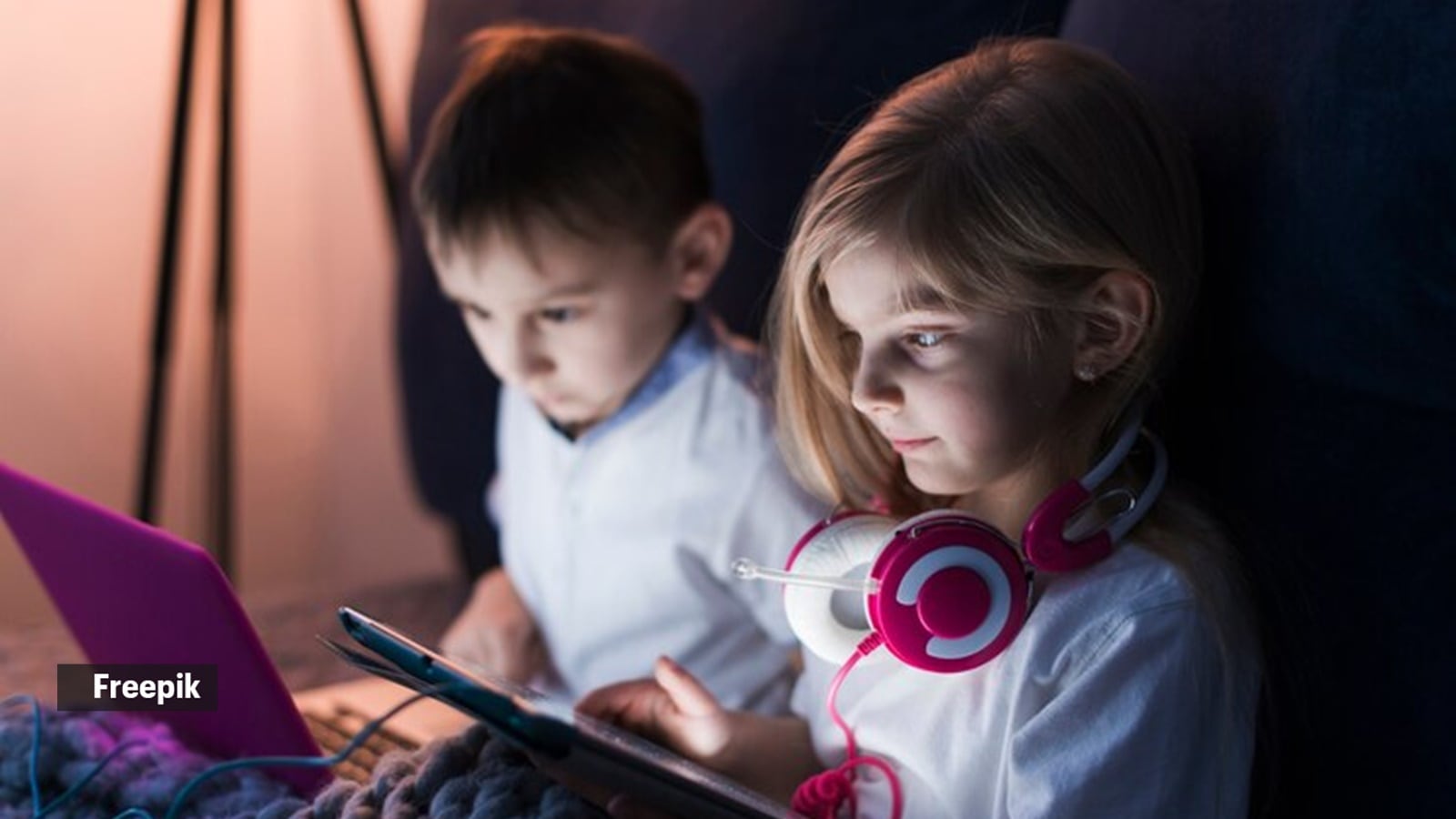How to nurture focus and curiosity in children and teens
From structured routines and mindful tech use to curiosity-driven learning, here is a holistic guide to supporting young minds in today’s fast-paced world.
 Encourage children to read (Source: Freepik)
Encourage children to read (Source: Freepik)Improving concentration in teenagers demands a comprehensive and holistic approach that takes into account lifestyle habits, environmental factors, and mental well-being. One foundational step is establishing a well-structured daily routine. This includes maintaining consistent sleep and wake times, and allocating specific periods for study, breaks, meals, and relaxation. Such regularity helps align the body’s circadian rhythm, reduces mental fatigue, and creates predictable patterns that support sustained focus.
In today’s digital age, minimising distractions, particularly those stemming from smartphones and social media, is critical. Excessive screen time has been shown to fragment attention and reduce the capacity for deep work.
Cognitive performance can also be significantly enhanced through time management techniques like the Pomodoro Technique. By dividing study sessions into 25-minute focused intervals followed by short five-minute breaks, teens can avoid burnout and train their brains for prolonged attention spans. This method fosters discipline and makes large tasks feel more manageable.
Equally important is the role of nutrition and hydration in supporting brain health. A diet that includes nutrient-rich foods such as eggs, leafy greens, nuts, berries, and whole grains contributes to improved memory, alertness, and energy levels. Drinking sufficient water throughout the day also helps prevent dehydration-related cognitive decline.
Physical activity is another vital component. Engaging in at least 30 minutes of moderate exercise daily, whether through walking, sports, or dance, not only boosts physical fitness but also enhances neurotransmitter activity in the brain, particularly dopamine and serotonin, which are closely linked to attention and mood stability.
Finally, incorporating mindfulness and meditation practices into a teen’s routine can yield significant benefits. Even short daily sessions of 5 to 10 minutes can help reduce anxiety, improve emotional regulation, and increase overall attentional control. Guided apps such as Headspace or Calm can be effective in making mindfulness more accessible and engaging for adolescents.
By integrating these evidence-based strategies, parents, educators, and caregivers can create a supportive environment that nurtures improved concentration and mental clarity in teens, thereby contributing to their academic success and overall well-being.
Enhancing curiosity in children is essential for fostering lifelong learning, creativity, and critical thinking. Curiosity drives children to explore, question, and discover the world around them, forming the foundation for intellectual development. A supportive environment that encourages inquiry, exploration, and open-ended thinking plays a pivotal role in nurturing this innate trait.
 Limit their screen-time (Source: Freepik)
Limit their screen-time (Source: Freepik)
One of the most effective ways to stimulate curiosity is by encouraging questions. Children should feel comfortable asking “why,” “how,” and “what if” questions without fear of judgment. Parents and educators can model curiosity by expressing interest in discovering answers together, rather than providing immediate solutions. This collaborative approach nurtures a growth mindset and promotes active learning.
Hands-on learning experiences are particularly powerful in sparking curiosity. Activities such as science experiments, art projects, building tasks, and interactive field trips allow children to engage their senses and explore real-world applications of concepts. These experiences not only make learning tangible but also prompt further inquiry and exploration.
Providing access to diverse resources, including books, educational videos, puzzles, and digital tools, broadens a child’s exposure to new ideas and topics. Ensuring that learning materials are age-appropriate, varied, and aligned with the child’s interests can deepen engagement and motivation. Encouraging reading for pleasure, in particular, expands vocabulary and imagination while supporting independent thought.
A stimulating home and classroom environment that promotes discovery is also crucial. This can be achieved by offering unstructured time for exploration, presenting open-ended challenges, and allowing space for trial and error. Avoiding overly rigid schedules gives children the freedom to pursue their interests organically.
Moreover, praising effort and curiosity rather than just outcomes reinforces the value of the learning process. Positive reinforcement helps build confidence and a willingness to explore without fear of failure. This encourages intrinsic motivation and sustained interest in learning.
By fostering a culture that values questions, exploration, and discovery, adults can significantly enhance curiosity in children, setting the stage for deeper learning and innovation throughout their lives.
- 01
- 02
- 03
- 04
- 05































